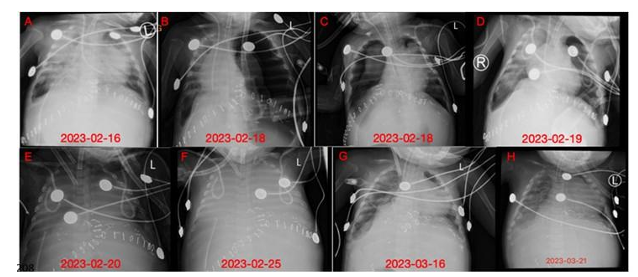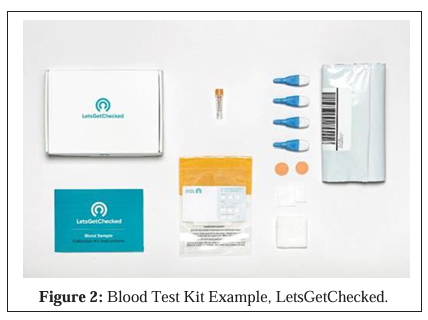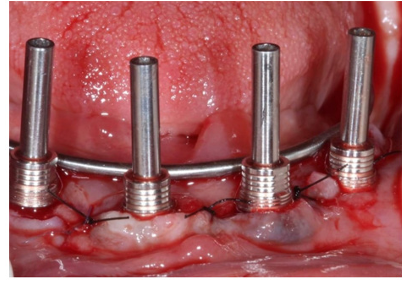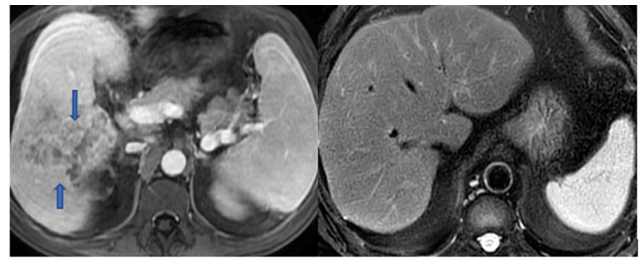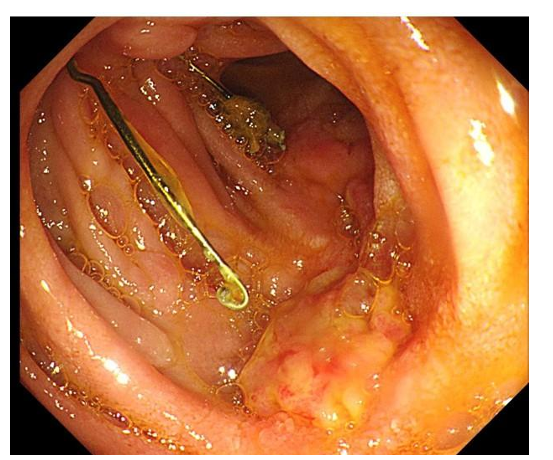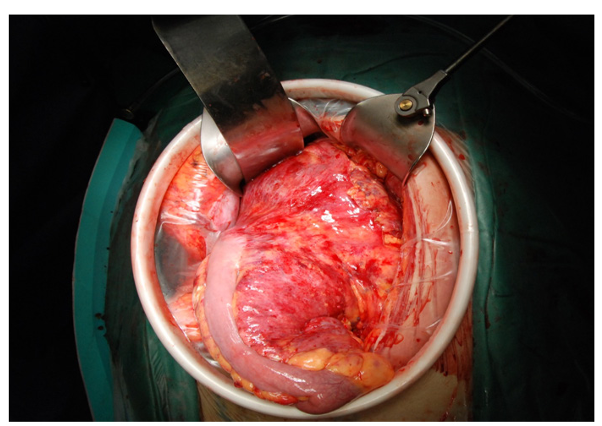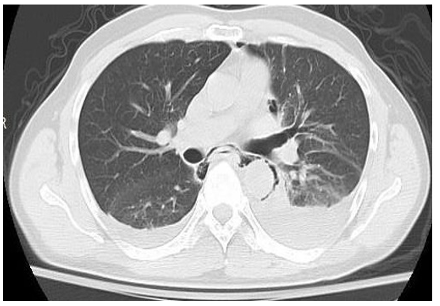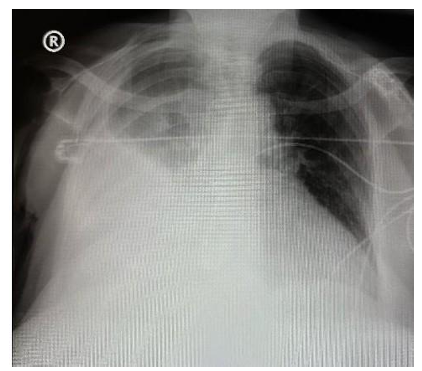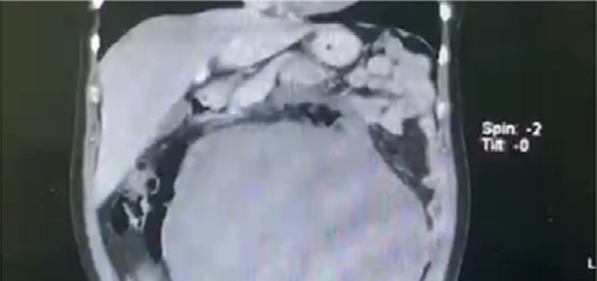Decompensation Factors in Heart Failure: Analy
1. Abstract Heart failure (HF) is a major public health issue, particularly in Morocco, where data on precipitating factors remain limited. This study aimed to identify the main triggers of acute decom pensation and to analyze the epidemiological, clinical, and ther apeutic characteristics of patients admitted for acute HF at the.
Decompensation Factors in Heart Failure: Analy Read More »

